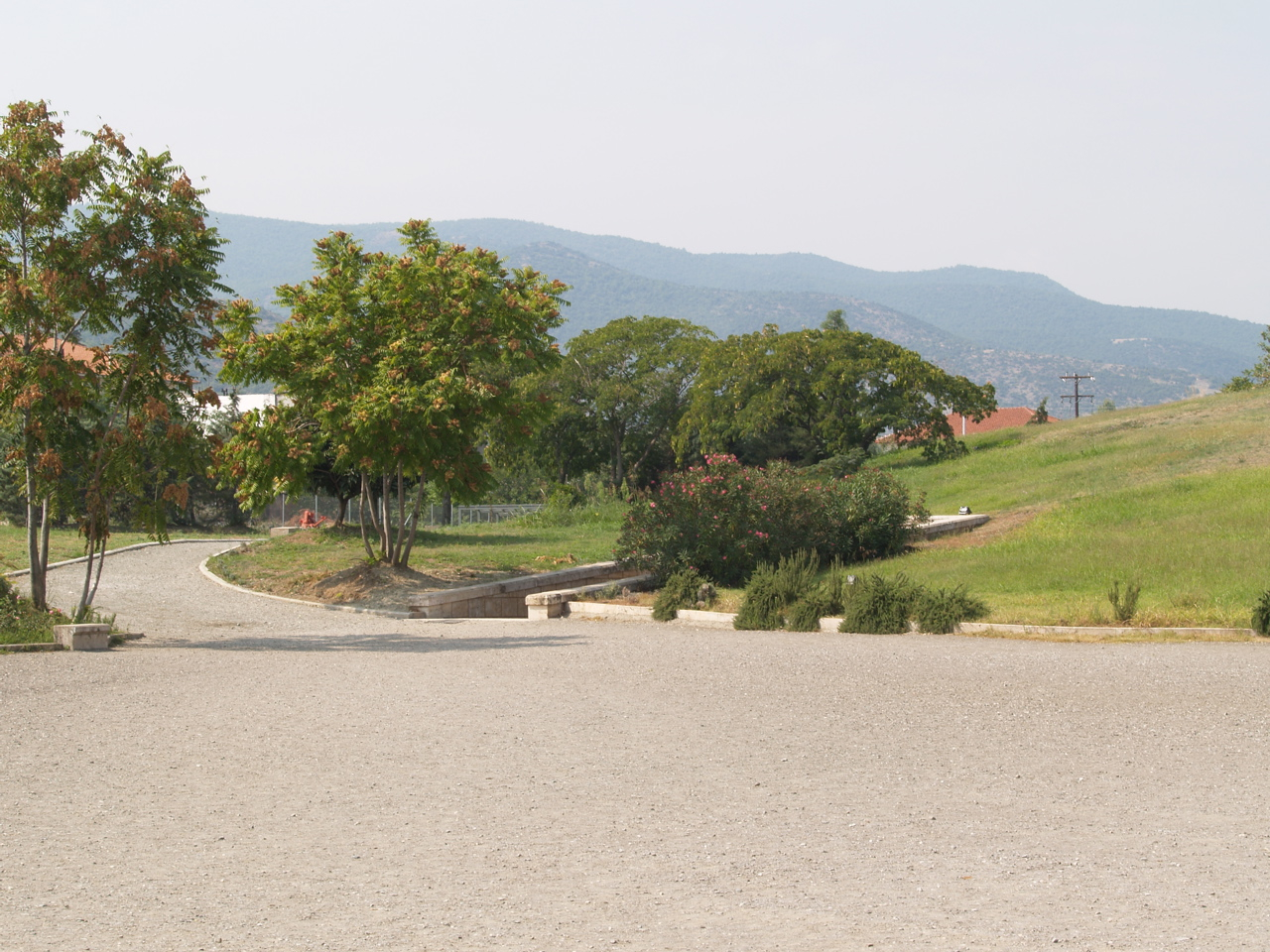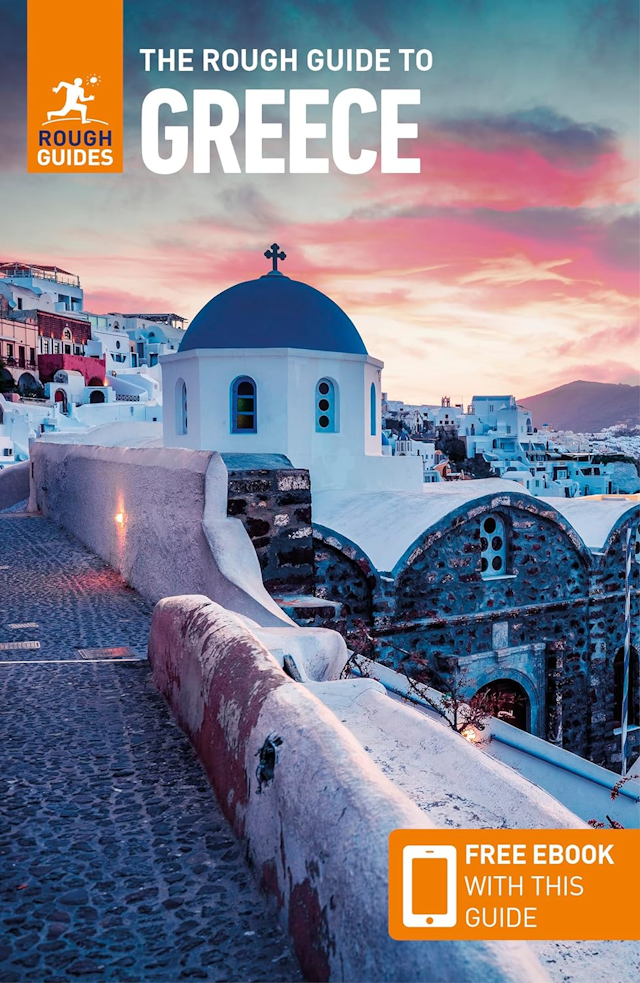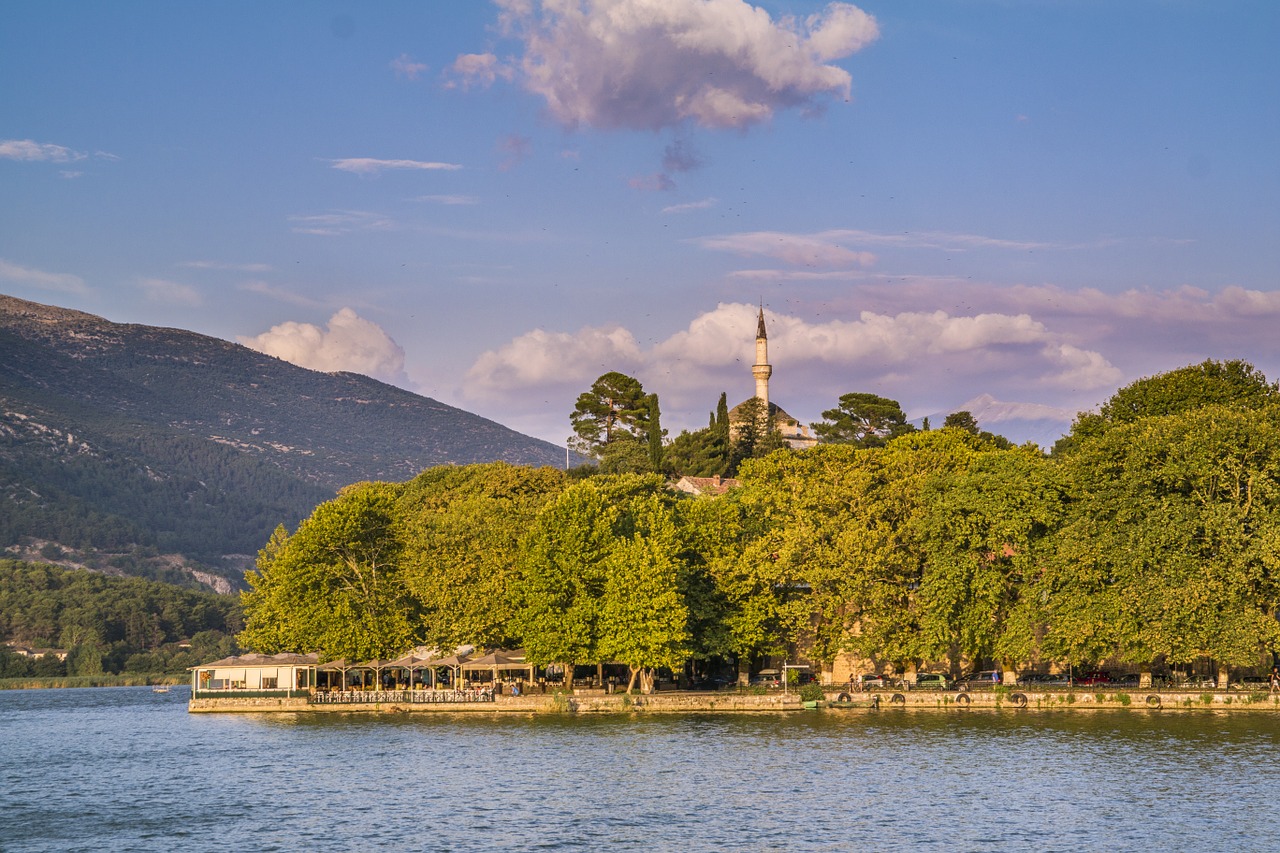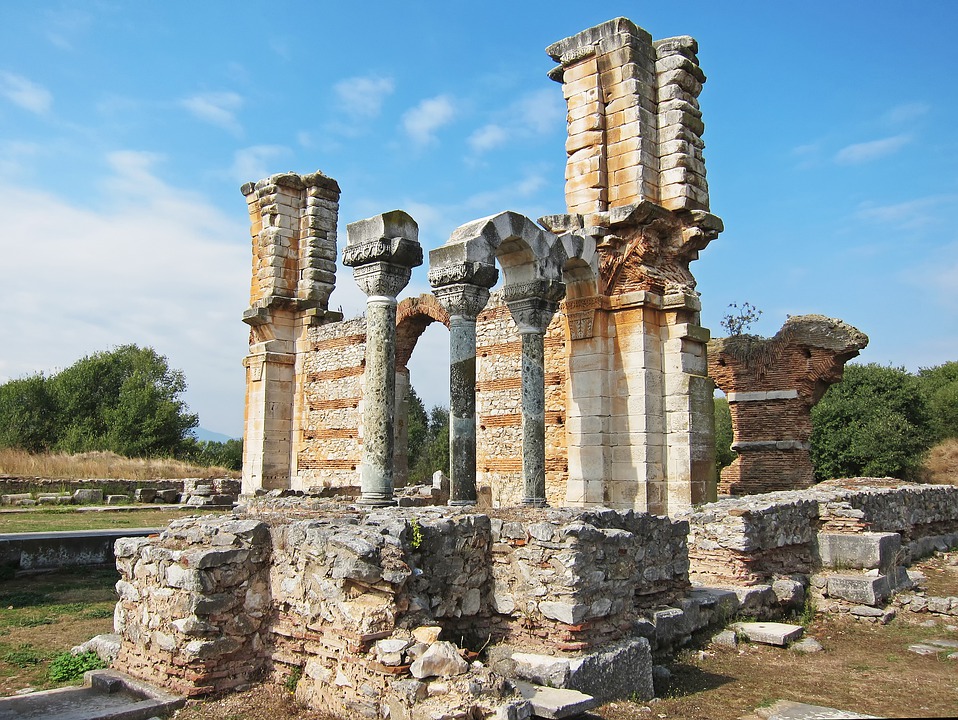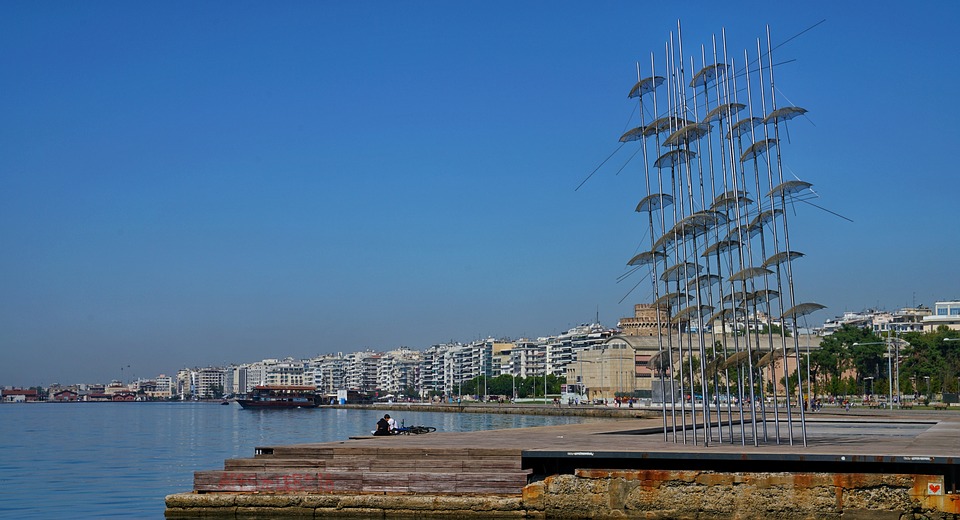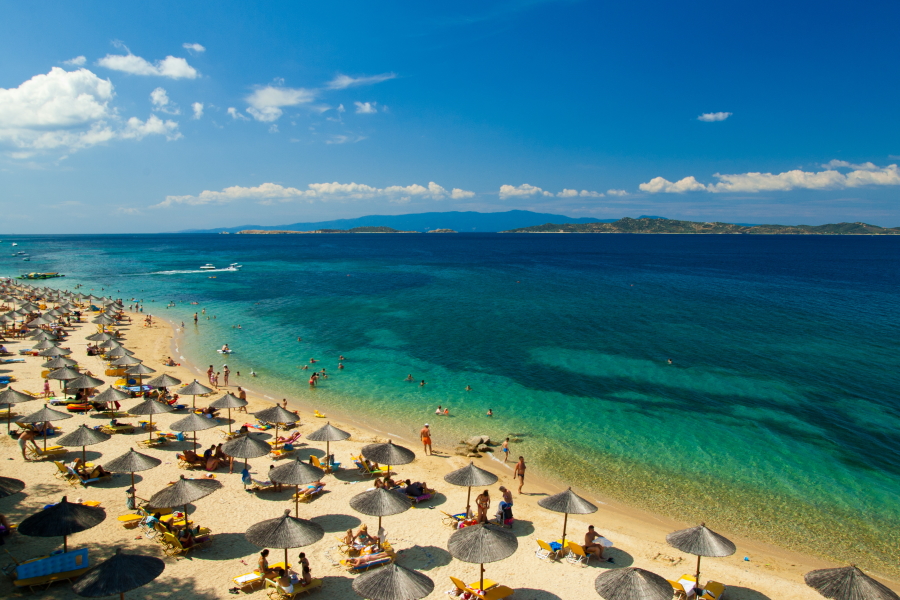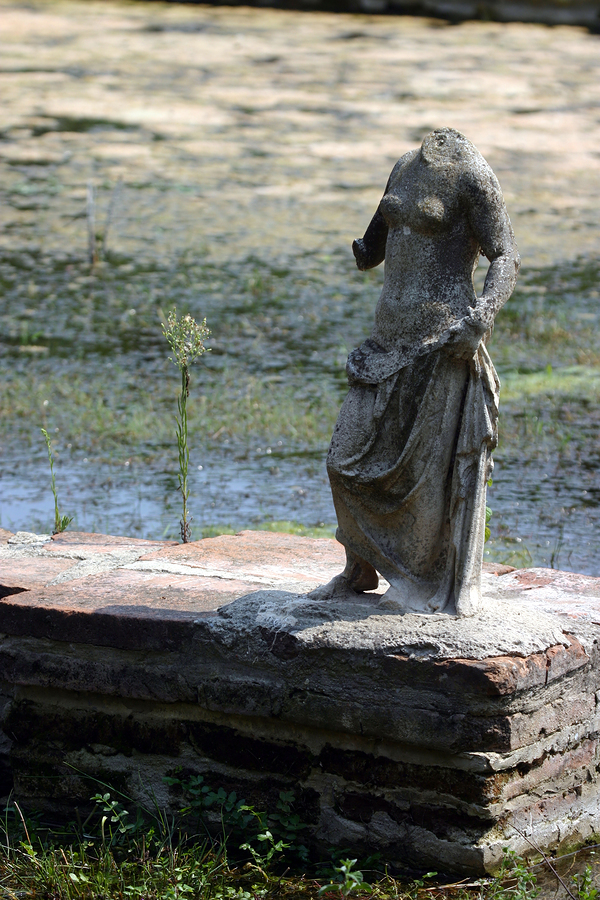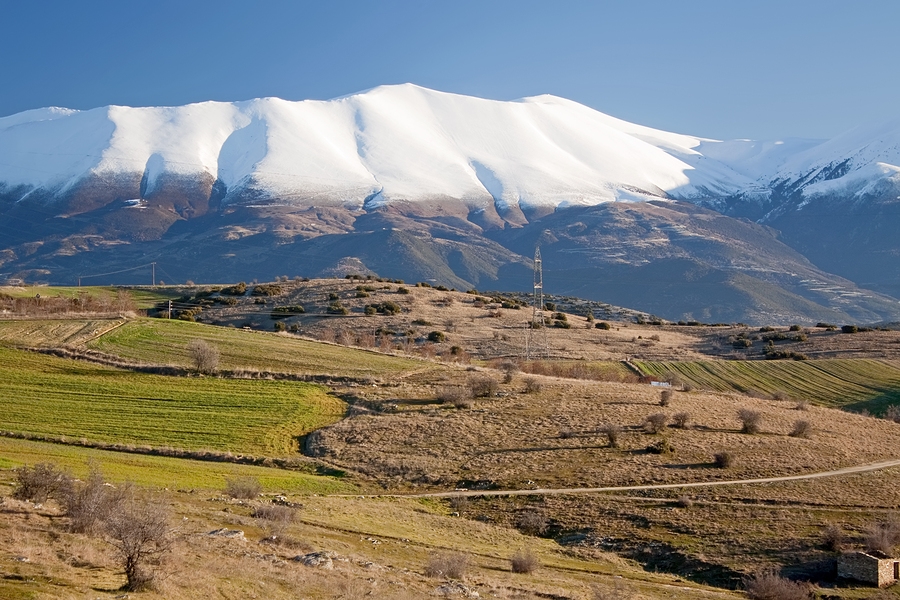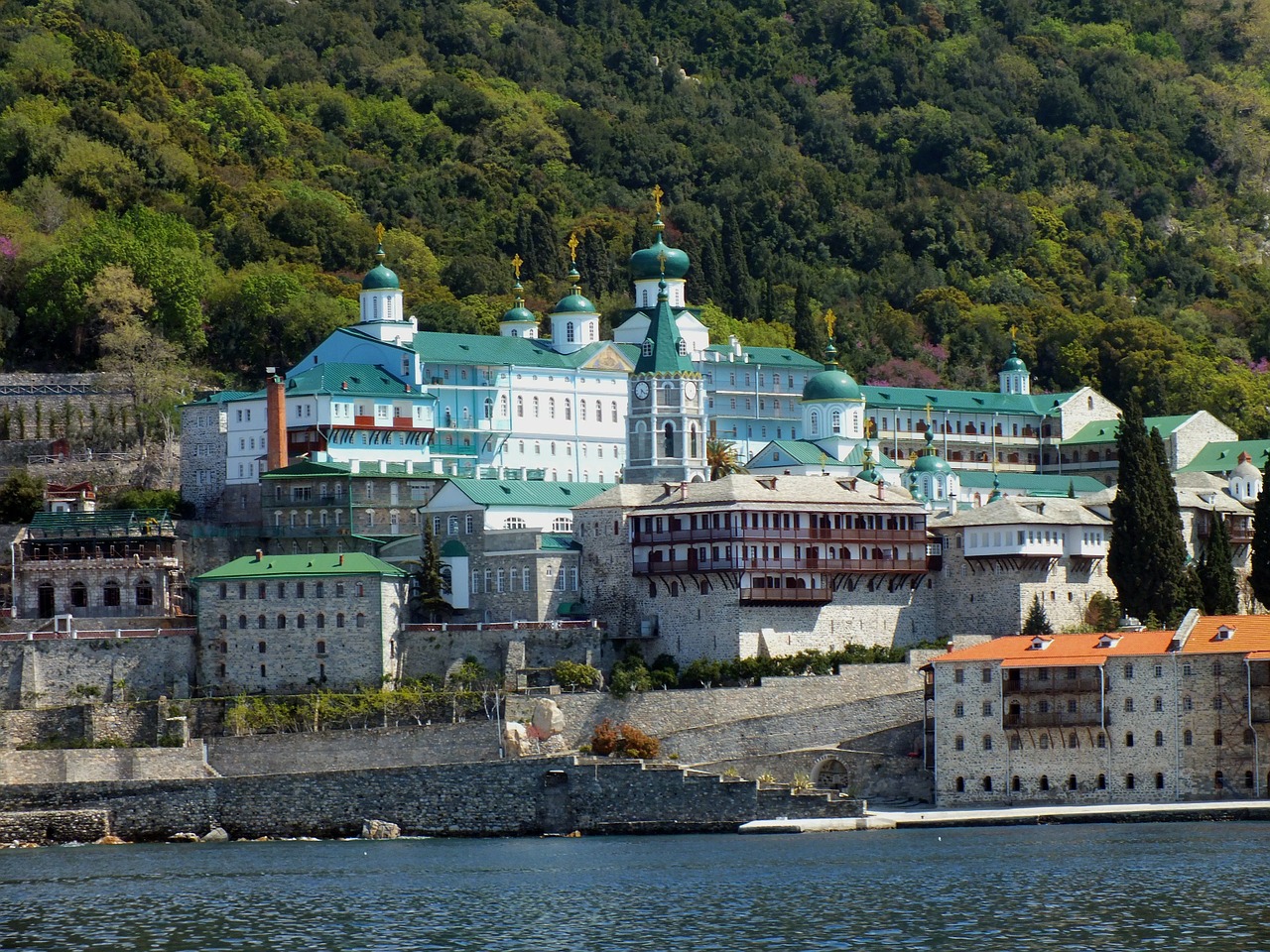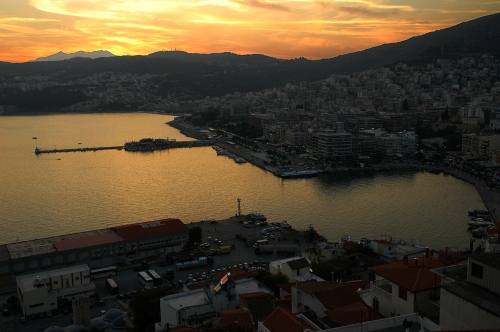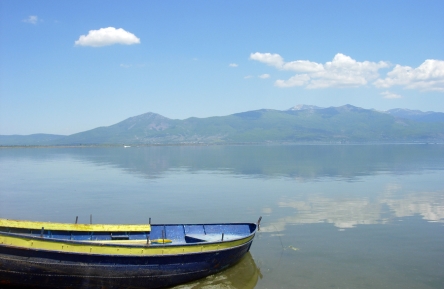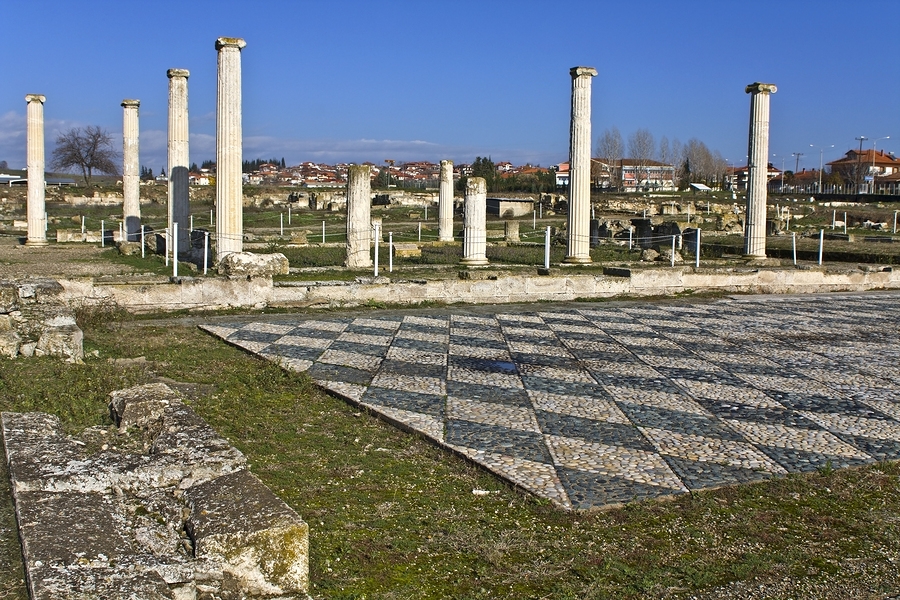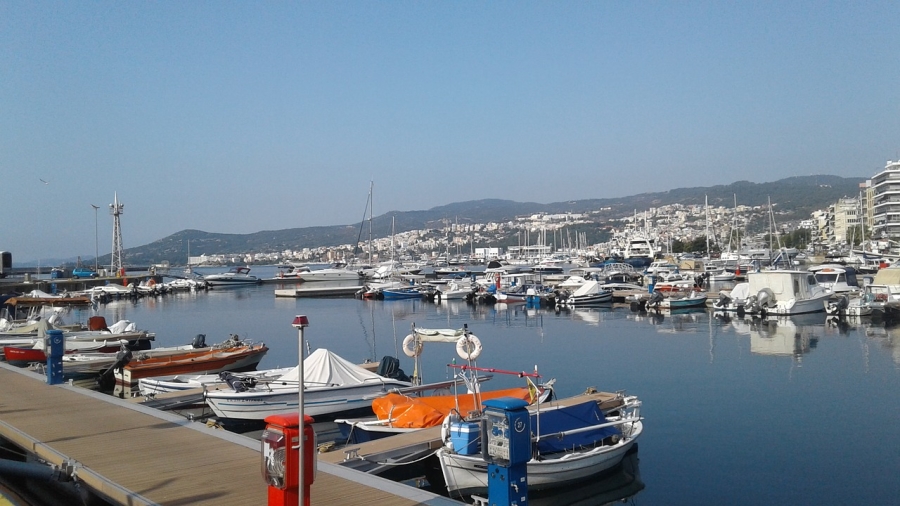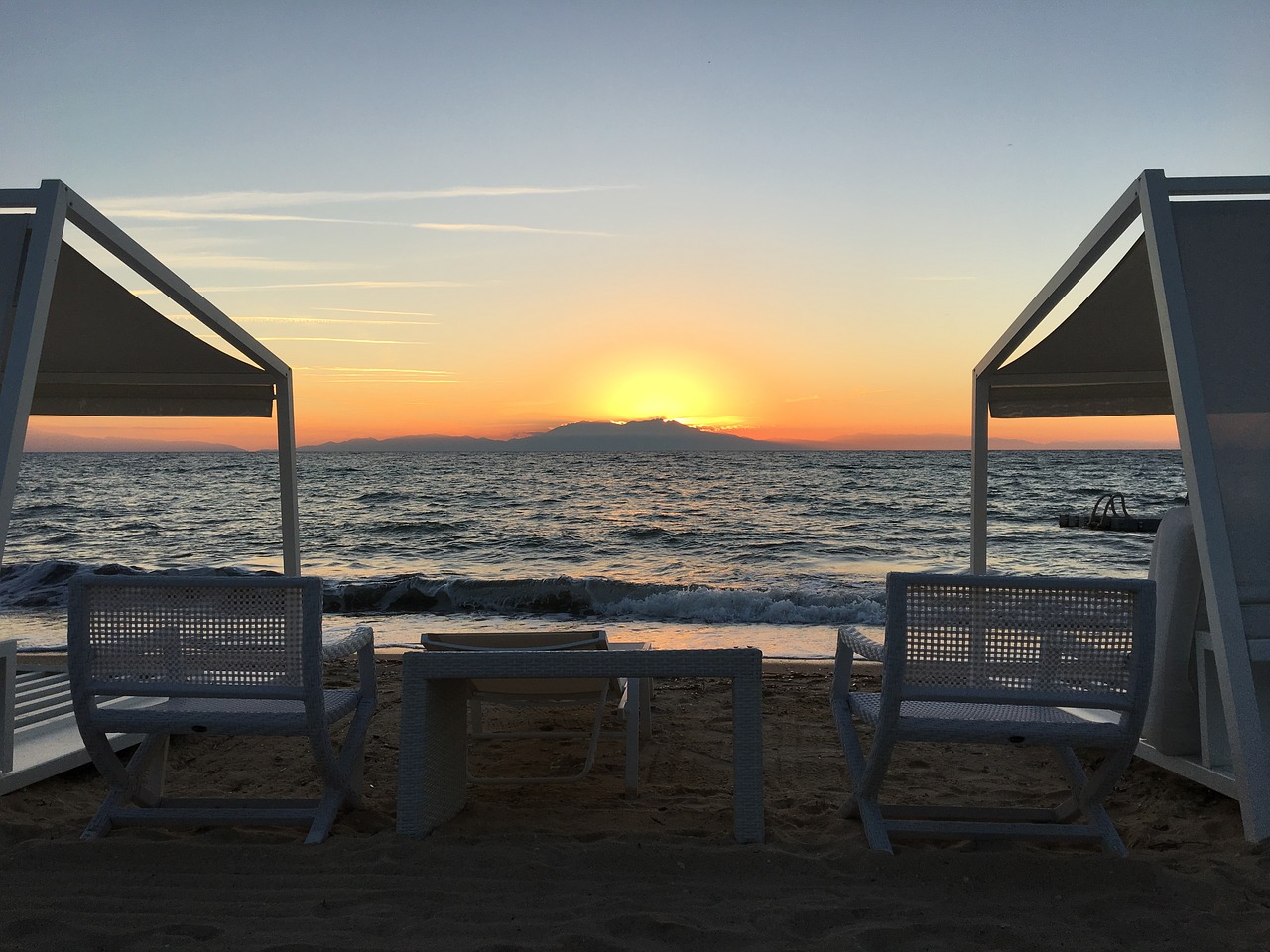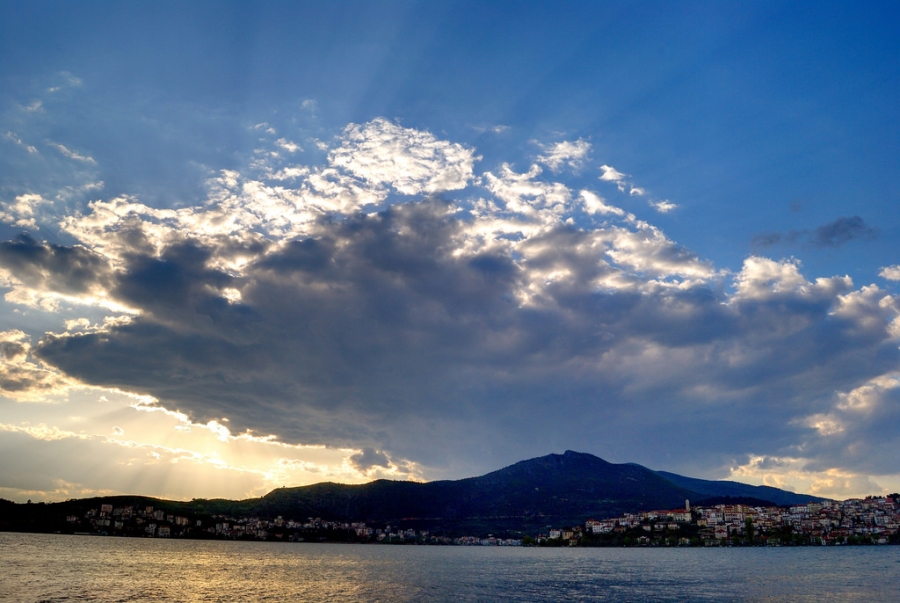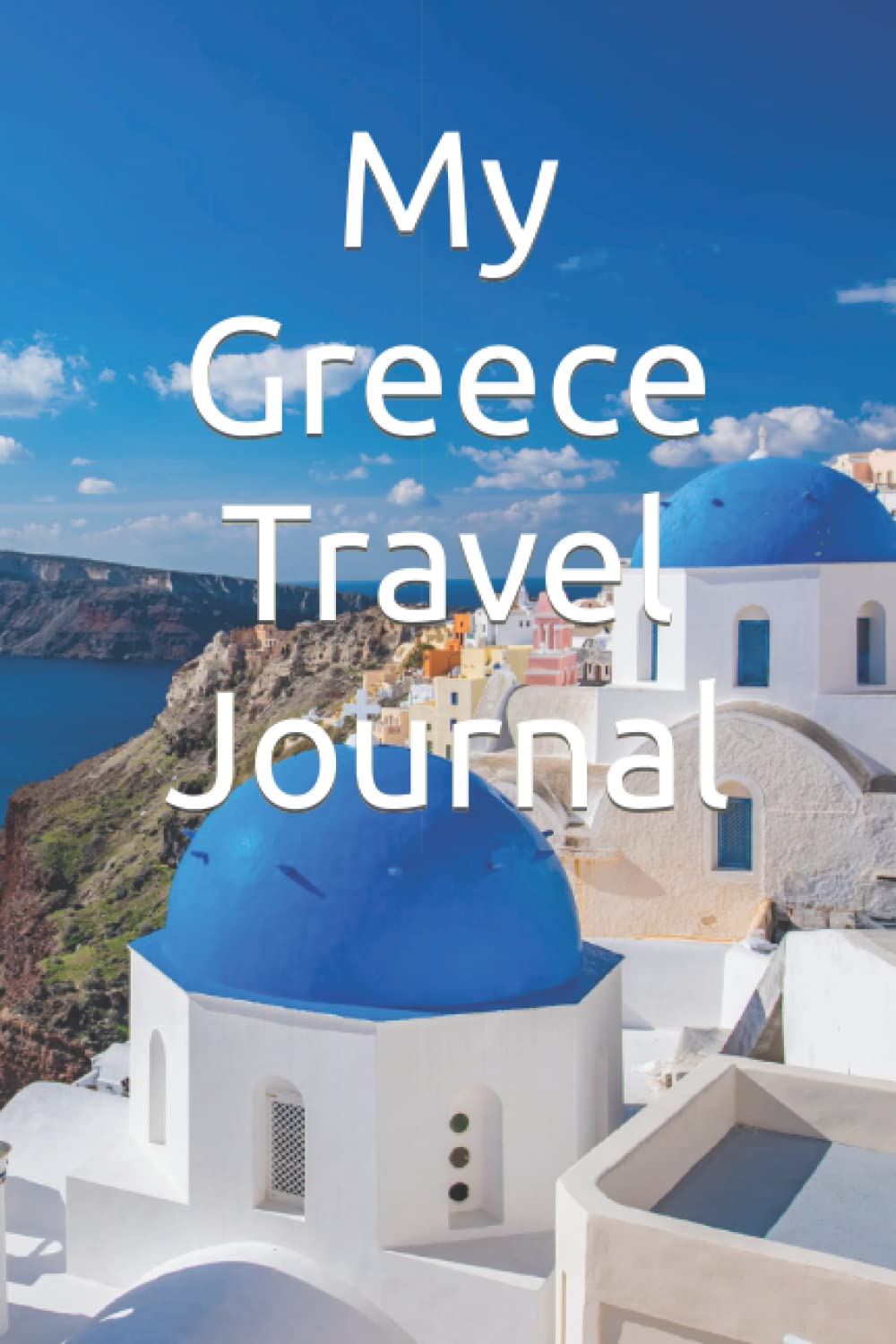- HOME
- Macedonia & Thrace
- Vergina
Vergina
The archaeological site of Vergina in Macedonia is famous for the royal tombs which were the burial place of King Philip II, father of Alexander the Great.
The discovery of the Royal Tombs in 1977 at the archaeological site of Vergína, some 13km (8 miles) from the town of Veroia, was the most exciting archaeological happening in Greece in the 20th century. It rivalled Schliemann’s unearthing of the tombs at Mycenae in the 19th century.
Discoverer of the Royal Tombs
The discovery was made by Professor Manolis Andronikos (1919-1992), who uncovered an entrance to a tomb. Unlike the over-confident Schliemann, he did not claim to know in advance what lay inside the tomb. In fact what he had found was the burial place of King Philip II of Macedon, the father of Alexander the Great.
The skeleton of this Macedonian King was complete, and contained inside a golden funeral casket, on top of which was the emblem of the Macedonian star. These amazing finds are now among the highlights of the Archaeological Museum in Thessaloníki.
Vergina Museum
The finding of the tombs led to a flurry of activity in the area, and a great deal of archaeological work. A first class new museum was built, as soon as it was possible to allow visitors to view the tombs, which are on display behind protective glass.
The first of the two main tombs found by Professor Andronikos had been looted long ago, but the second contained priceless treasures. They also rewrote the history books, as it had long been thought that the Macedonian Kings had been buried at Edessa.
A brand new museum was inaugurated in 2023, and along with the tombs and the Parthenon (see below), this has become one of the most significant sites in the country.
The Parthenon of Macedonia
In early 2024 a new part of the site was opened to the public after 16 years of restoration work costing around 20 million euros. This is the palace of King Philip II, that was built during his reign and has been called the Parthenon of Macedonia. It's regarded as one of the most important buildings of Classical Greece, ranking alongside the Parthenon in Athens but three times its size.
Latest Posts
-
Explore Vikos Gorge: Hiking, Rafting, and Food in Zagori
One of the most impressive canyons in Europe and one of Greece’s favorite mountain destinations, Vikos Gorge invites hikers and food lovers alike. -
Lefkada: The First Ancient Theater of the Ionian Islands Comes to Light
The first ancient theater ever discovered in the Ionian Islands is located in the heart of the ancient city of Lefkada, established before the end of the 7th century BC. -
5 Epic Island Hikes in Greece for Spring Explorers
This spring, five majestic peaks across Greece’s islands invite us to lace up our boots and discover a wilder side of island life. -
Greek Ferry Services to Halt on May 1 Due to Labor Strike
Ferries in Greece will remain docked for 24 hours on Thursday, May 1, as the Pan-Hellenic Seamen’s Federation (PNO) joins Labor Day mobilizations announced by the General Confederation of Greek Labor… -
Sifnos: Greece’s Hidden Culinary Star on the Rise
Sifnos, a Cycladic island, is gaining fame for its rich culinary heritage, especially the beloved melopita honey-cheese tart. -
Easter in the Mystical Castle of Monemvasia
In the castle town of Monemvasia, with its dramatic medieval backdrop and sea views, Easter is a deeply spiritual and atmospheric experience. -
Easter in Leonidio: A Tapestry of Light, Culture and Cliffs
In Leonidio, Easter comes alive with handmade hot air balloons in the sky and lanterns made from bitter oranges in the streets. -
The Lesser-Known Traditions of Greek Easter
Step off the beaten path this spring and discover the enchanting — and often surprising — Easter traditions found across Greece. -
April 9 Strike in Greece to Impact Public Transport, Ferries and Air Travel
Transportation and travel across Greece will face disruptions on Wednesday, April 9, as public transport, ferry and aviation workers join a nationwide strike called by Greek labor unions. -
Ancient Theater of Lefkada Brought Fully to Light Following Systematic Excavation
The Greek Culture Ministry has announced that the first ancient theater ever identified in the Ionian Islands has recently been brought fully to light on Lefkada, revealing an impressive monument that…
